|
Back to Home Page
|
AFA Tour January 2024
|
|
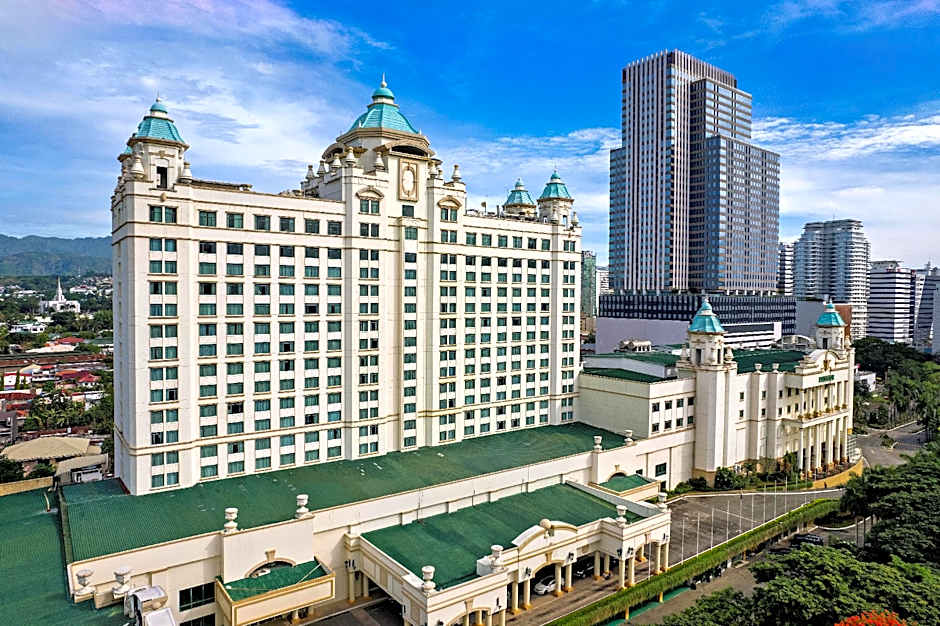


|
We should start with my first visit to Cebu in January 2024 as part of the AFA Tour. I stayed at the Waterfront Hotel in Cebu City. I spent a fair amount of time in the lobby cafe waiting to go on group tours. Ahhh, sipping mocktails in luxury. They also had 24 hour room service in the rooms, which had a spectacular view.
IT Park was a block away for shopping and dining, but save room for eating at the Sugbo Mercado next door. Also, the tour group went to see the sights, Magellan's Cross, Temple of Leah, Taoist Temple, and the Lapu Lapu Memorial Statue
|
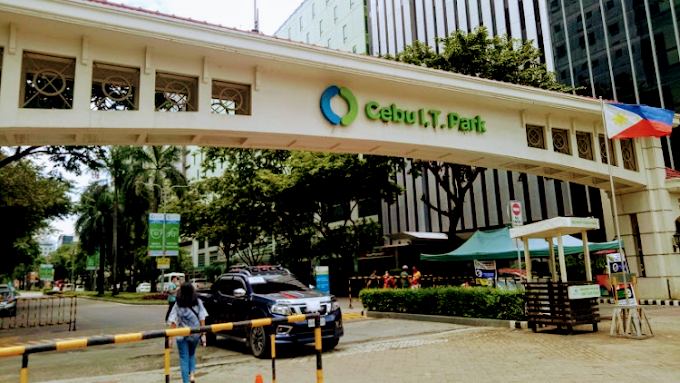
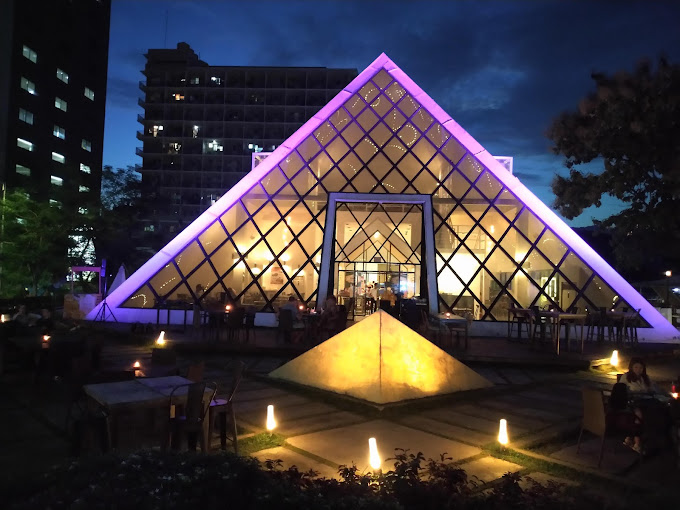

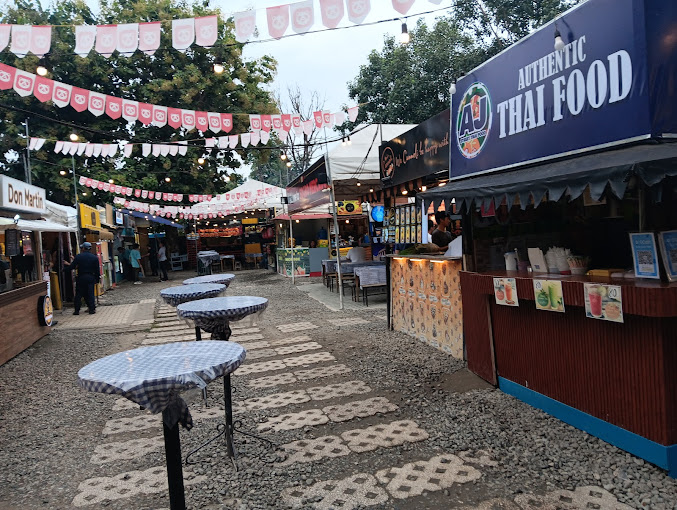
|
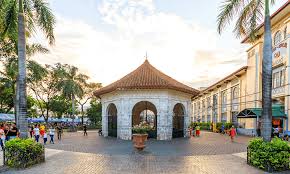
|
Magellan's Cross - (Wiki Says) Magellan's Cross Pavilion is a stone kiosk in Cebu City, Philippines. The structure is situated on Plaza Sugbo beside the Basilica del Santo Niño. It houses a Christian cross that was planted by explorers of the Spanish expedition of the first circumnavigation of the world, led by Ferdinand Magellan, upon arriving in Cebu in the Philippines on April 21, 1521.
Along with the Basilica del Santo Niño's church and convent buildings, the pavilion is a declared National Cultural Treasure of the Philippines.
|
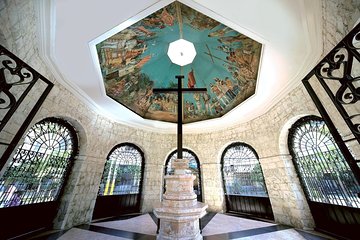
|
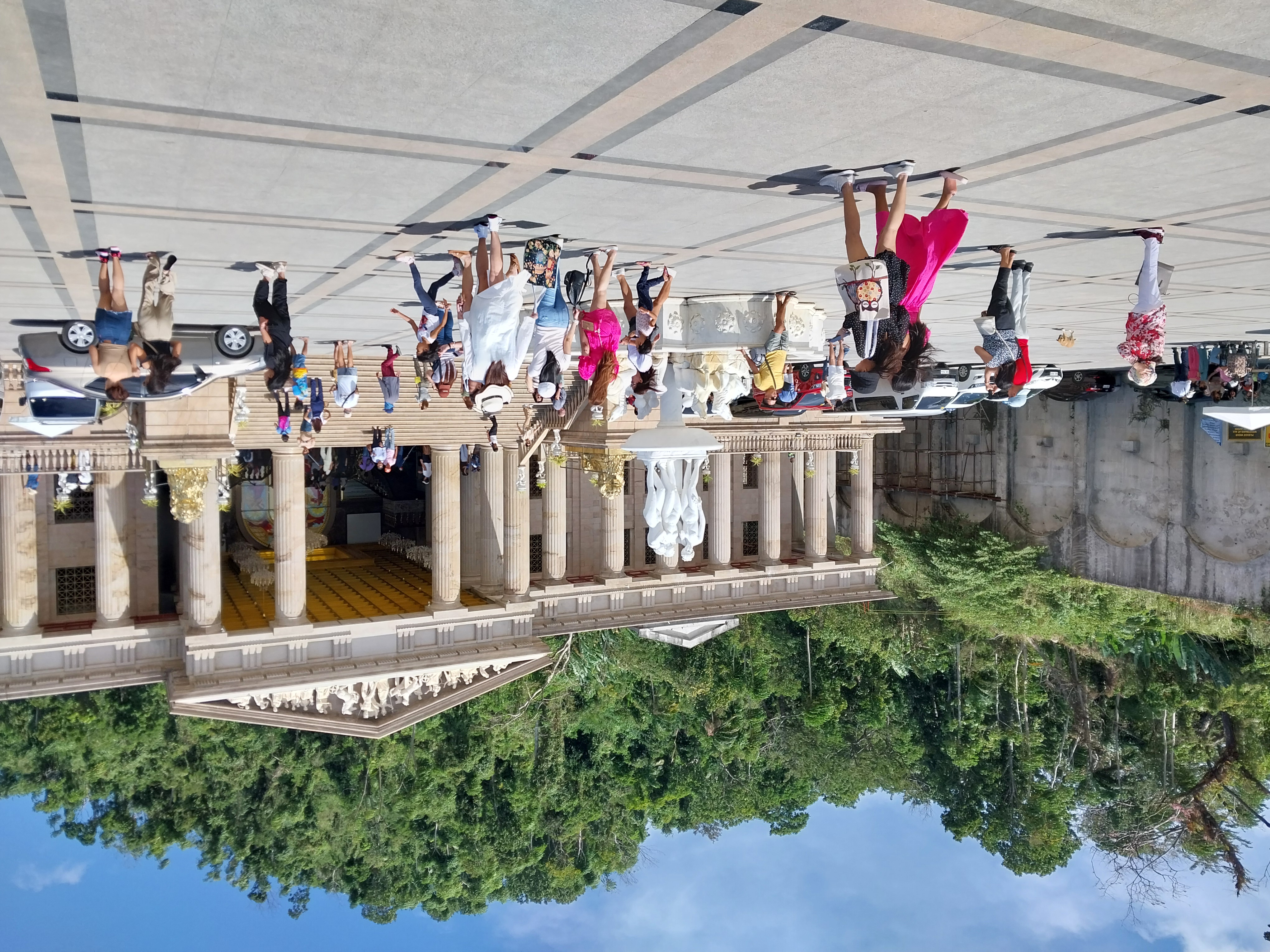
|
Temple of Leah - (Wiki Says) Teodorico Soriano Adarna had the Temple of Leah built for his late wife, Leah Albino-Adarna. Their marriage lasted for more than five decades. Teodorico and Leah are the grandparents of Ellen Adarna, a famous actress in the Philippines.
Located in Barangay Busay, the Temple of Leah began construction in 2012. There are around 24 different chambers in the complex; these contain a library, an art gallery, a bar, and a museum, just to name a few. You will also see statues of lions, angels, and gladiators as you explore. You will see stone steps that lead to the portico and then the 10-foot-high statue of Leah found near the lobby.
|
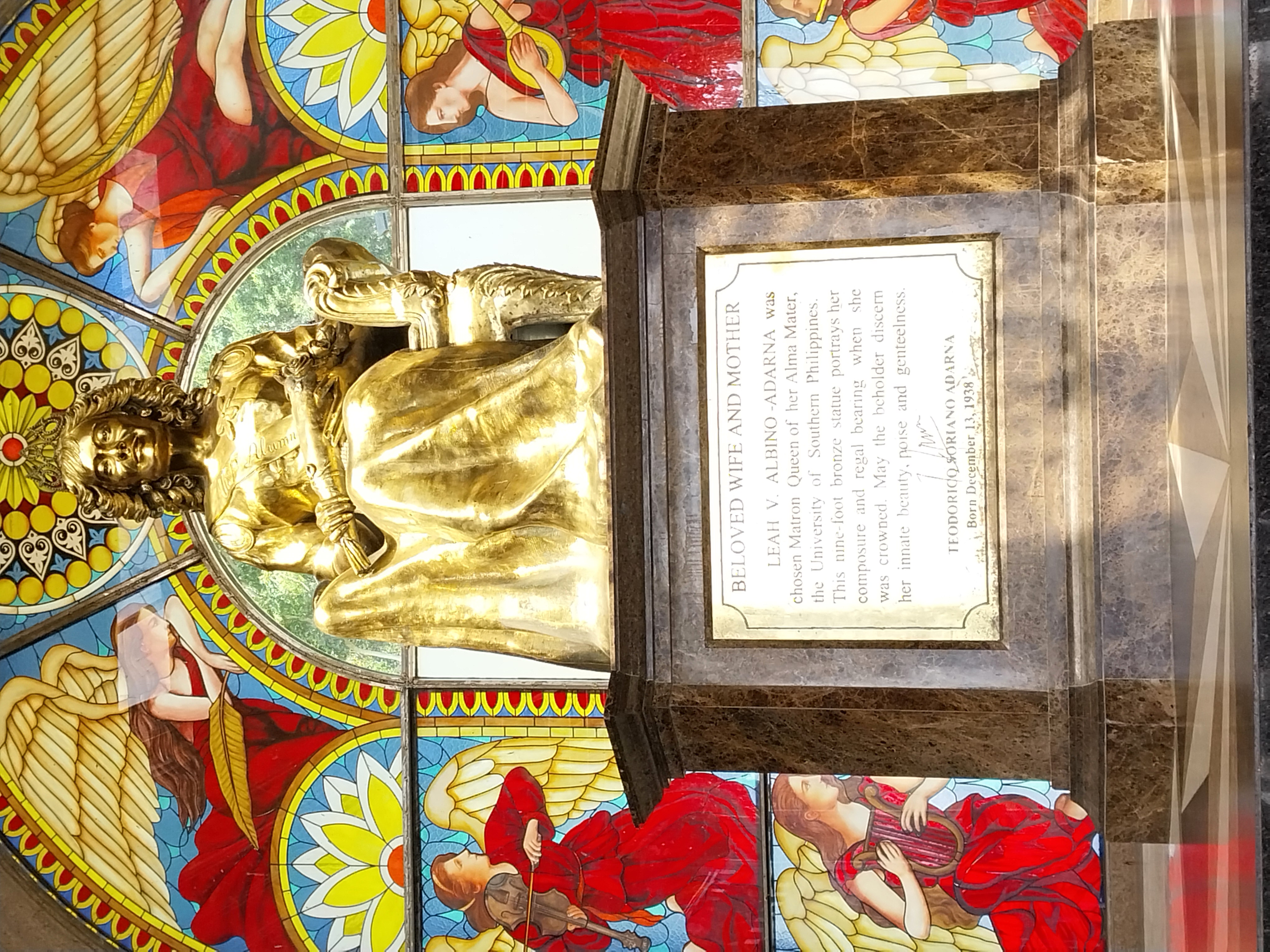
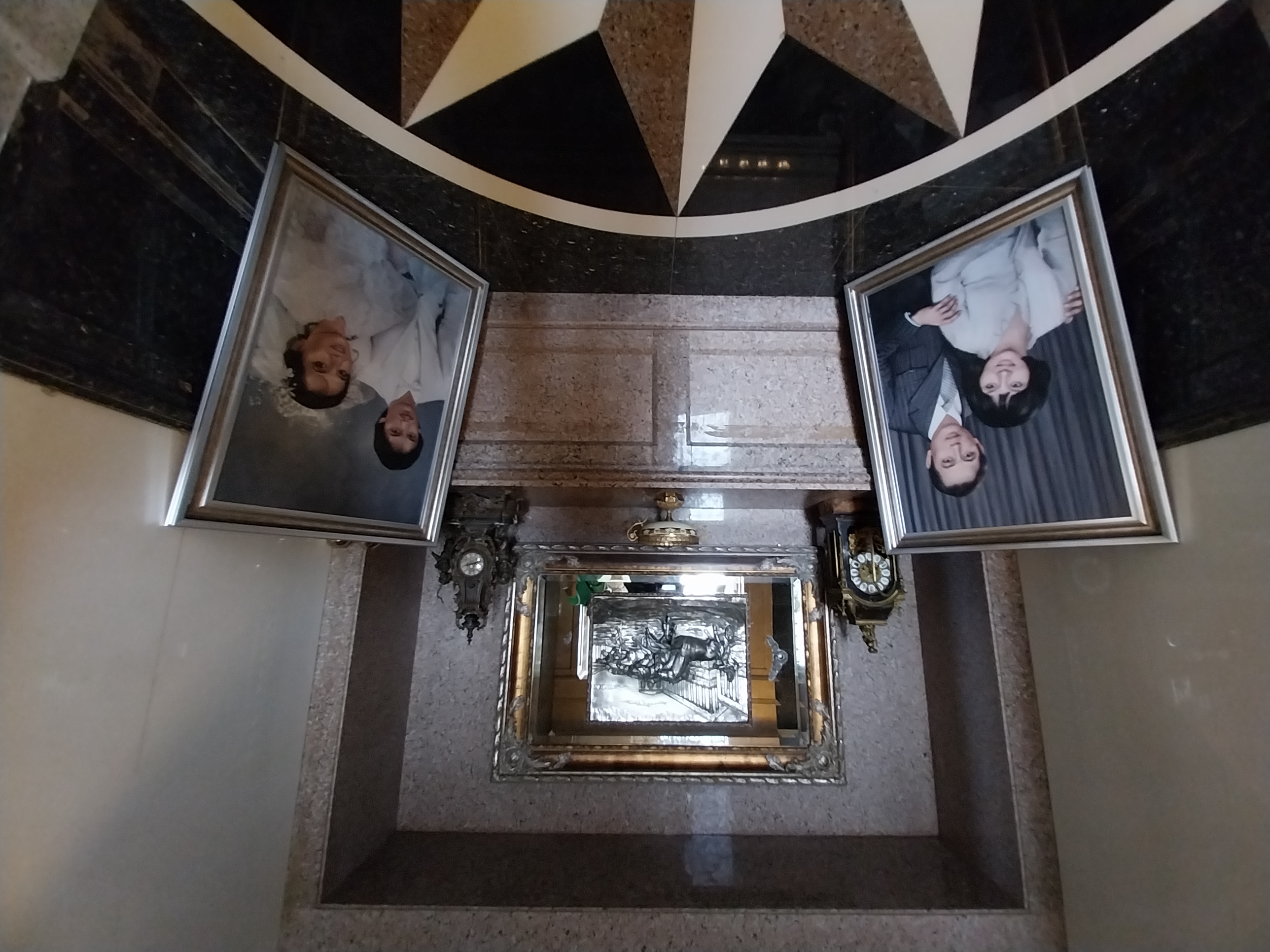
|
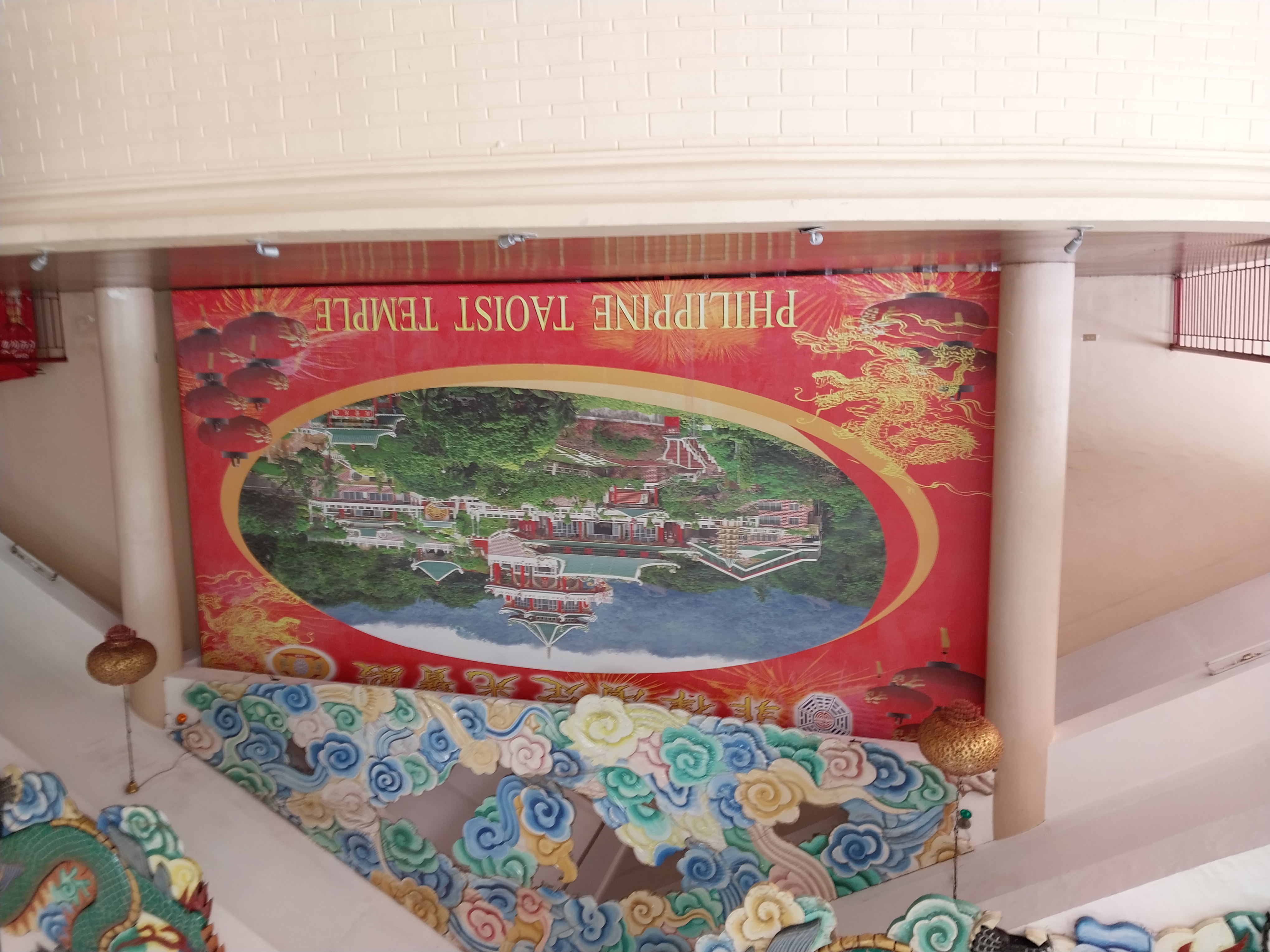
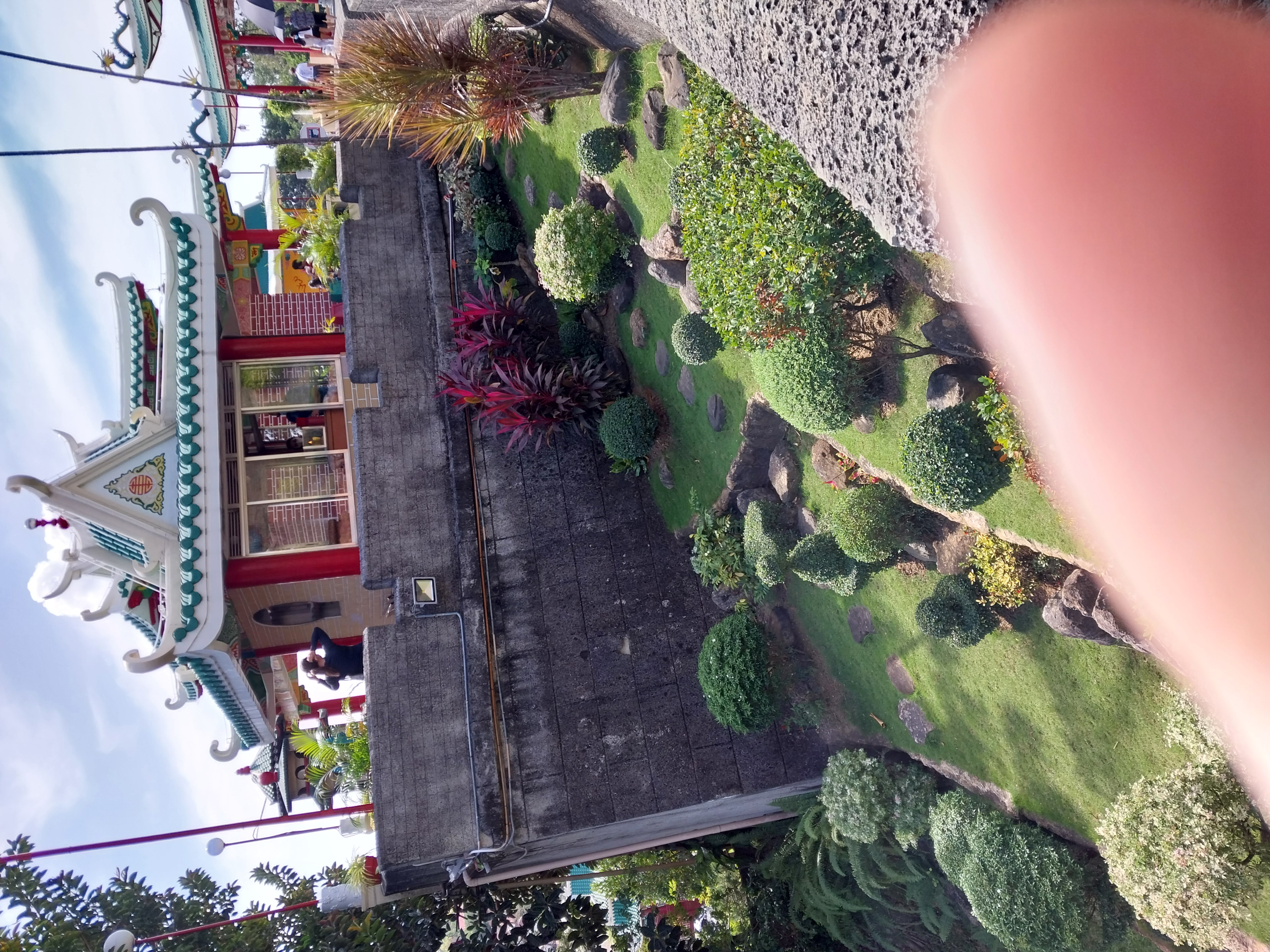
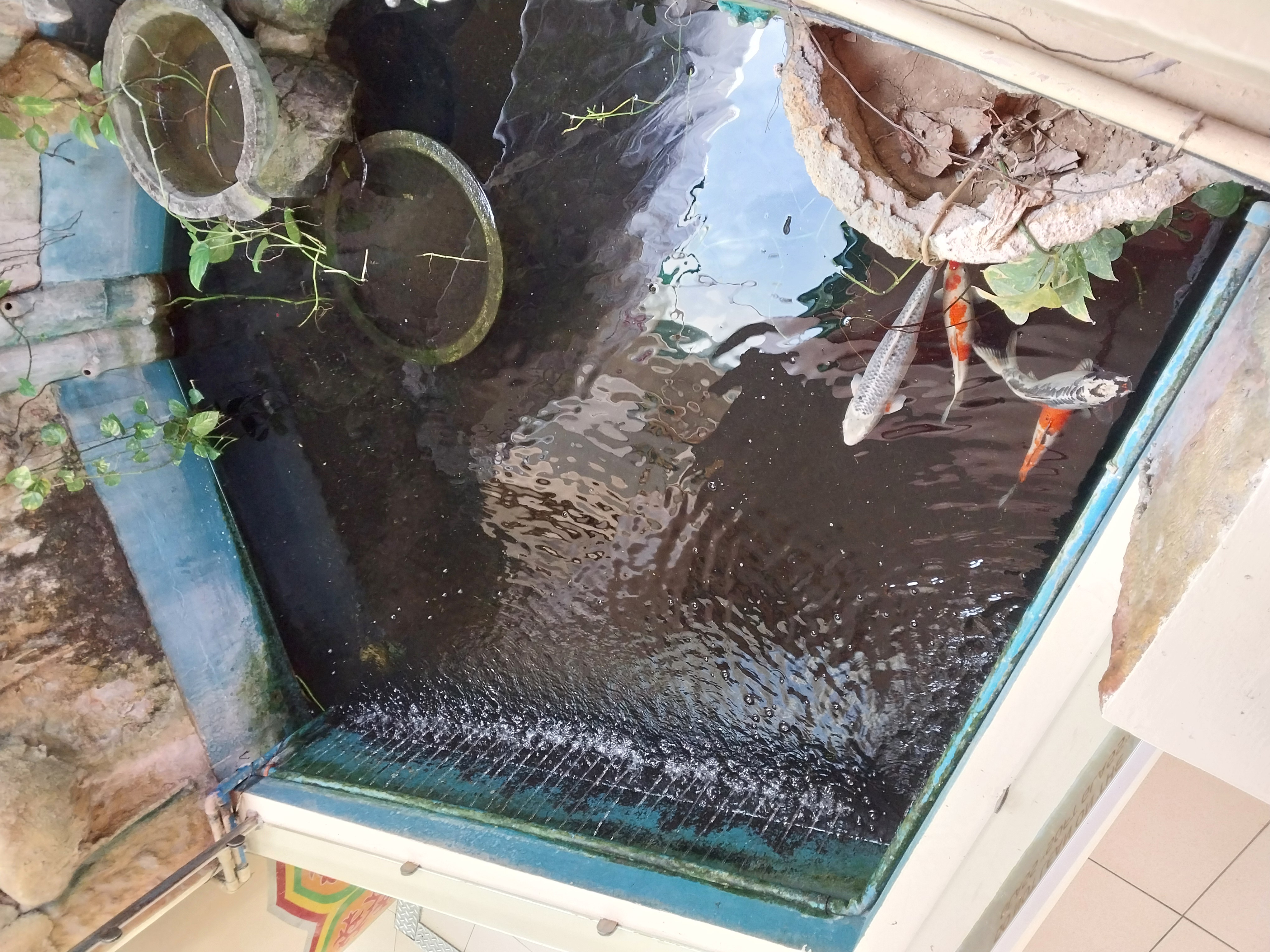
|
Taoist Temple - (Wiki Says) The temple was built by Cebu's substantial Chinese Filipino community in 1972. The Taoist temple is open to worshipers and non-worshipers alike. A ritual among devotees is where one prays to the gods to grant one's wish. The ritual includes washing hands, going inside the chapel barefoot and dropping two blocks of wood. If the wood blocks are both face up then one could make a wish. If not then it is not yet the time for one's wish to be granted and one has to come to the temple some other time.
The temple is the center of worship for Taoism, the religion which follows the teachings of the ancient Chinese philosopher, Lao Zi. Another ritual among Taoist devotees, which is done during Wednesdays and Sundays, is the climbing of its 81 steps (representing the 81 chapters of Taoism scriptures, to light joss sticks, and have their fortune read by the monks.
The entrance to the temple was a replica of the Great Wall of China. The temple includes a chapel, a library, a souvenir shop, and a wishing well. The spacious balconies offer a scenic view of the downtown Cebu.
|
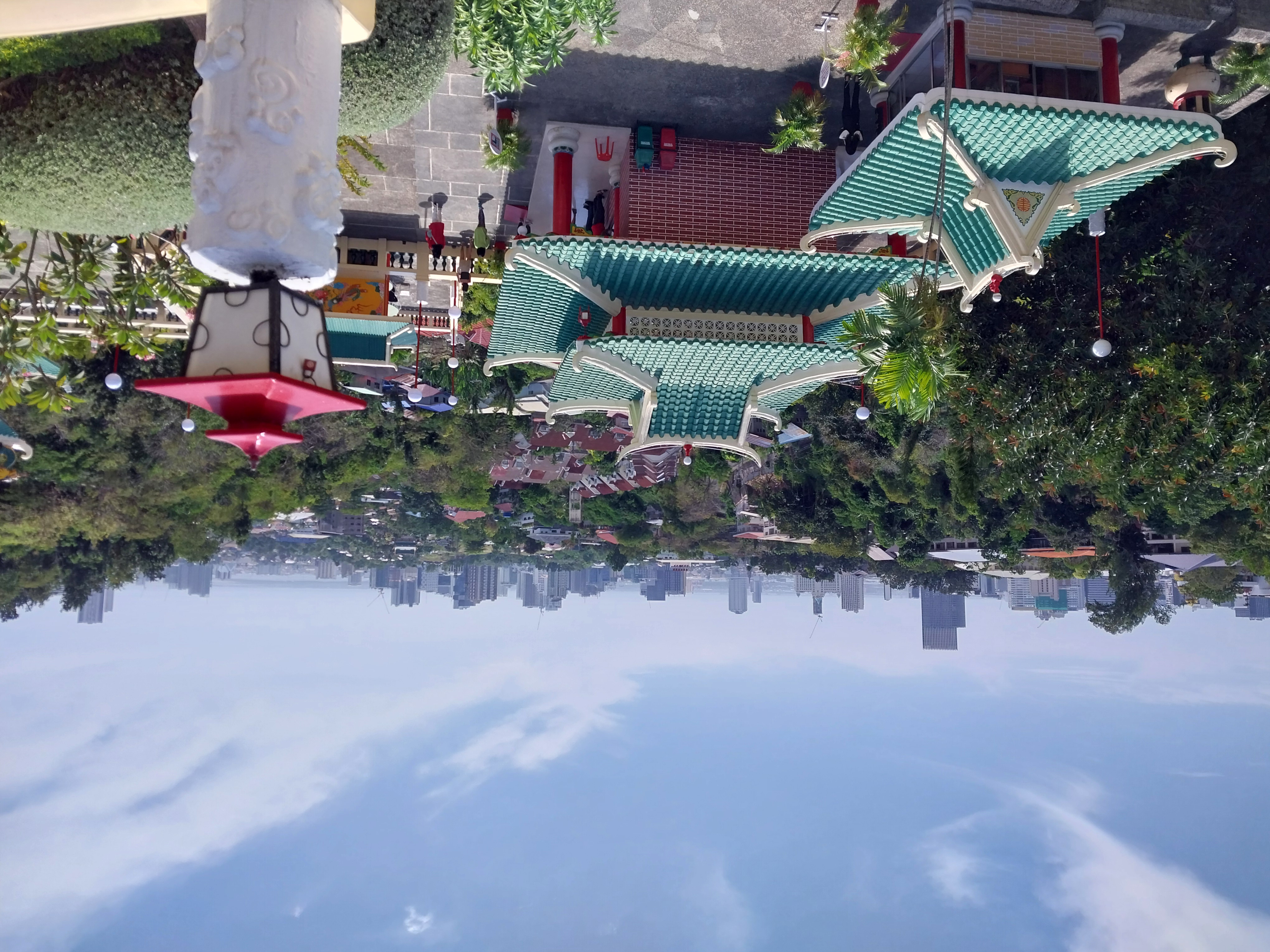
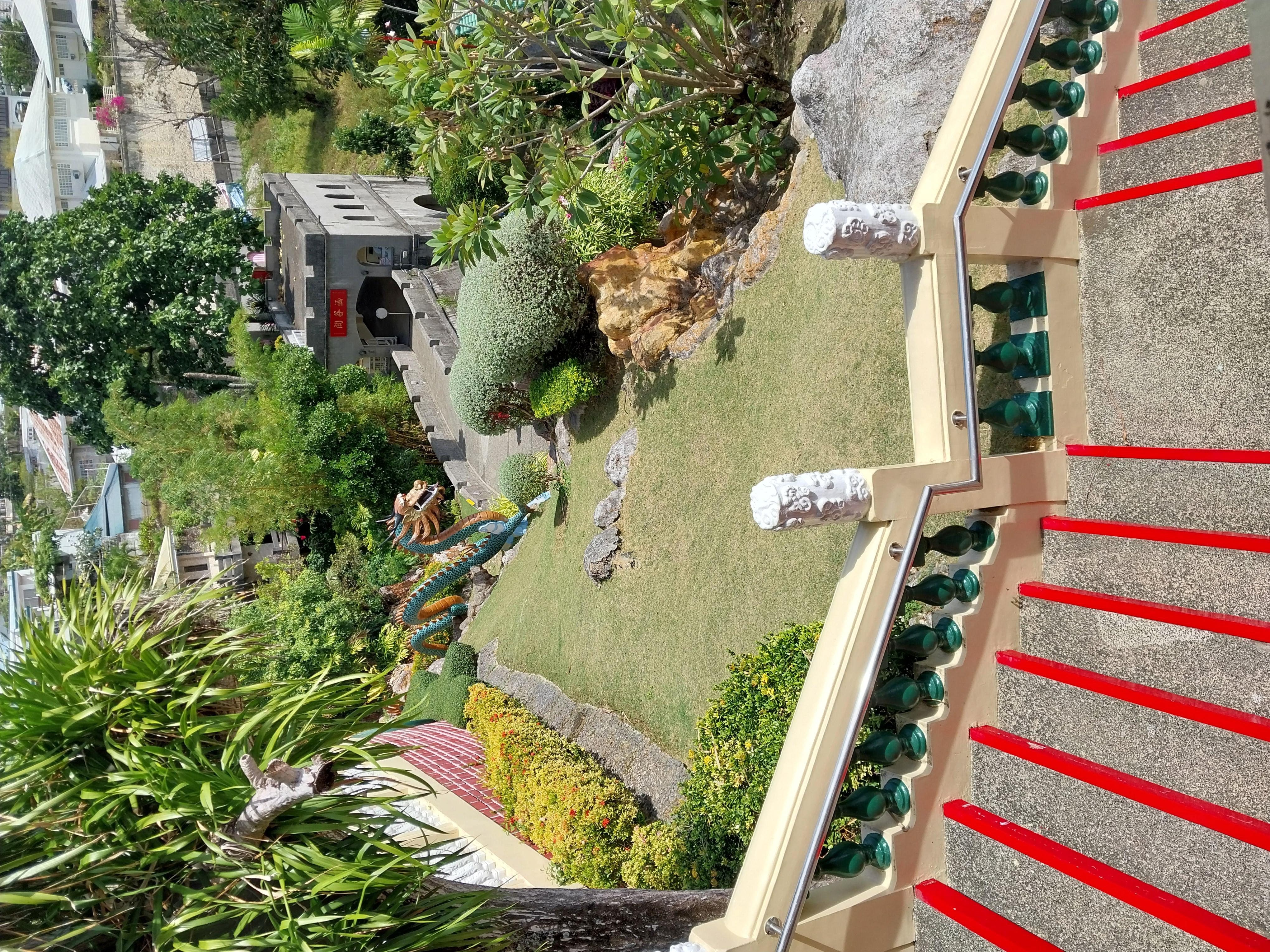
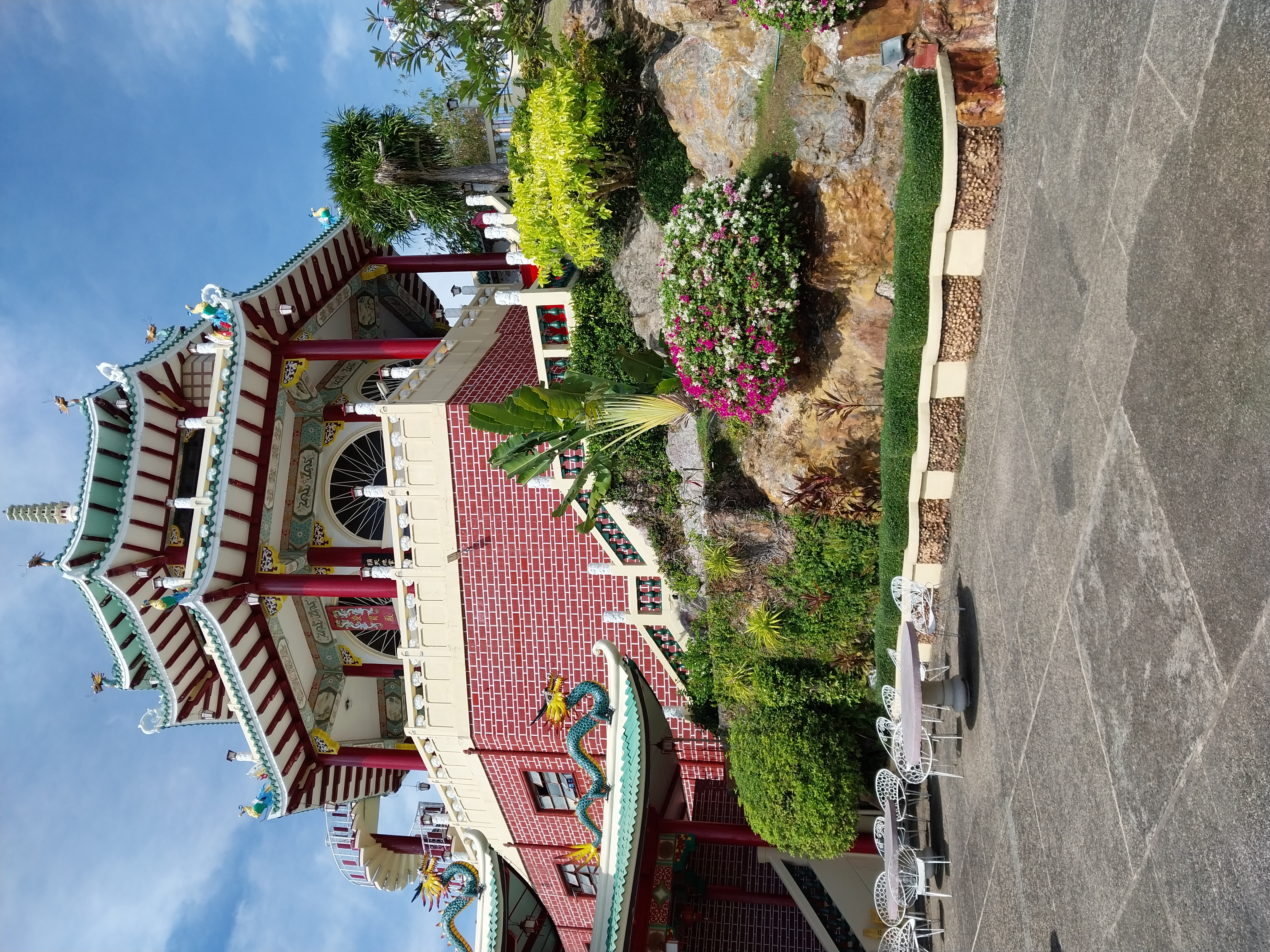
|
Lapu Lapu City is named After him
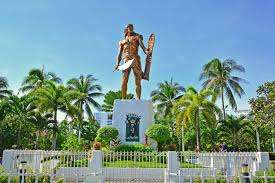
|
Lapu Lapu - (Wiki Says) Lapulapu or Lapu-Lapu, whose name was first recorded as Çilapulapu, was a datu (chief) of Mactan, an island now part of the Philippines. Lapulapu is known for the 1521 Battle of Mactan, where he and his men defeated Spanish forces led by Portuguese explorer Ferdinand Magellan and his native allies Rajah Humabon and Datu Zula. Magellan's death in battle ended his voyage of circumnavigation and delayed the Spanish occupation of the islands by over forty years until the expedition of Miguel López de Legazpi in 1564.
Modern Philippine society regards him as the first Filipino hero because of his resistance to Spanish colonization. Monuments of Lapulapu have been built all over the Philippines to honor Lapulapu's bravery against the Spaniards. The Philippine National Police and the Bureau of Fire Protection use his image as part of their official seals.
|
There is a fish called Lapu Lapu, too.

It's delicious
|



















